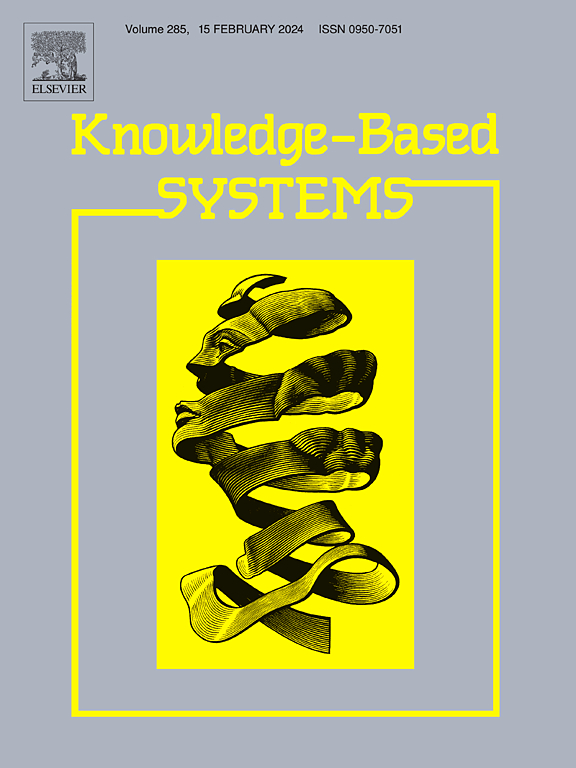MDF-FND: A dynamic fusion model for multimodal fake news detection
IF 7.2
1区 计算机科学
Q1 COMPUTER SCIENCE, ARTIFICIAL INTELLIGENCE
引用次数: 0
Abstract
Fake news detection has received increasing attention from researchers in recent years, especially in the area of multimodal fake news detection involving both text and images. However, many previous studies have simply fed the semantic features of both text and image modalities into a binary classifier after applying basic concatenation or attention mechanisms, where these features often contain a significant amount of inherent noise. This, in turn, leads to both intra- and inter-modal uncertainty. In addition, while methods based on simple concatenation of the two modalities have achieved notable results, they often ignore the drawback of applying fixed weights across modalities, which causes some high-impact features to be ignored. To address these issues, we propose a novel semantic-level multimodal dynamic fusion framework for fake news detection (MDF-FND). To the best of our knowledge, this is the first attempt to develop a dynamic fusion framework for semantic-level multimodal fake news detection. Specifically, our model consists of two main components: (1) the Uncertainty Estimation Module (UEM), which is an uncertainty modeling module that uses a multi-head attention mechanism to model intra-modal uncertainty, and (2) the Dynamic Fusion Network, which is based on Dempster–Shafer evidence theory (DFN) and is designed to dynamically integrate the weights of both text and image modalities. To further enhance the dynamic fusion framework, a graph attention network is employed for inter-modal uncertainty modeling before DFN. Extensive experiments have demonstrated the effectiveness of our model across three datasets, with a performance improvement of up to 4% on the Twitter dataset, achieving state-of-the-art performance. We also conducted a systematic ablation study to gain insights into our motivation and architectural design. Our model is publicly available at https://github.com/CoisiniStar/MDF-FND.
求助全文
约1分钟内获得全文
求助全文
来源期刊

Knowledge-Based Systems
工程技术-计算机:人工智能
CiteScore
14.80
自引率
12.50%
发文量
1245
审稿时长
7.8 months
期刊介绍:
Knowledge-Based Systems, an international and interdisciplinary journal in artificial intelligence, publishes original, innovative, and creative research results in the field. It focuses on knowledge-based and other artificial intelligence techniques-based systems. The journal aims to support human prediction and decision-making through data science and computation techniques, provide a balanced coverage of theory and practical study, and encourage the development and implementation of knowledge-based intelligence models, methods, systems, and software tools. Applications in business, government, education, engineering, and healthcare are emphasized.
 求助内容:
求助内容: 应助结果提醒方式:
应助结果提醒方式:


